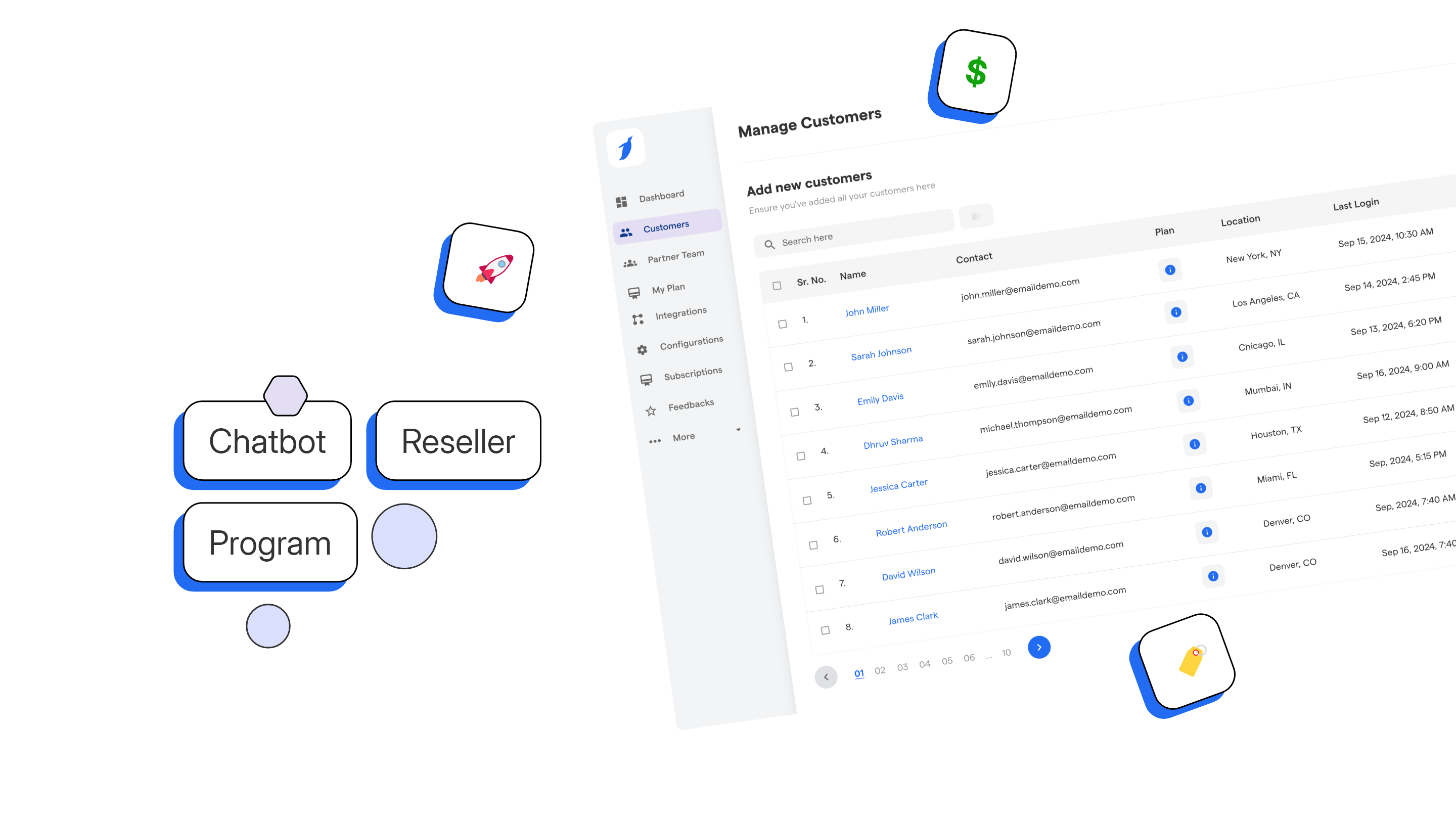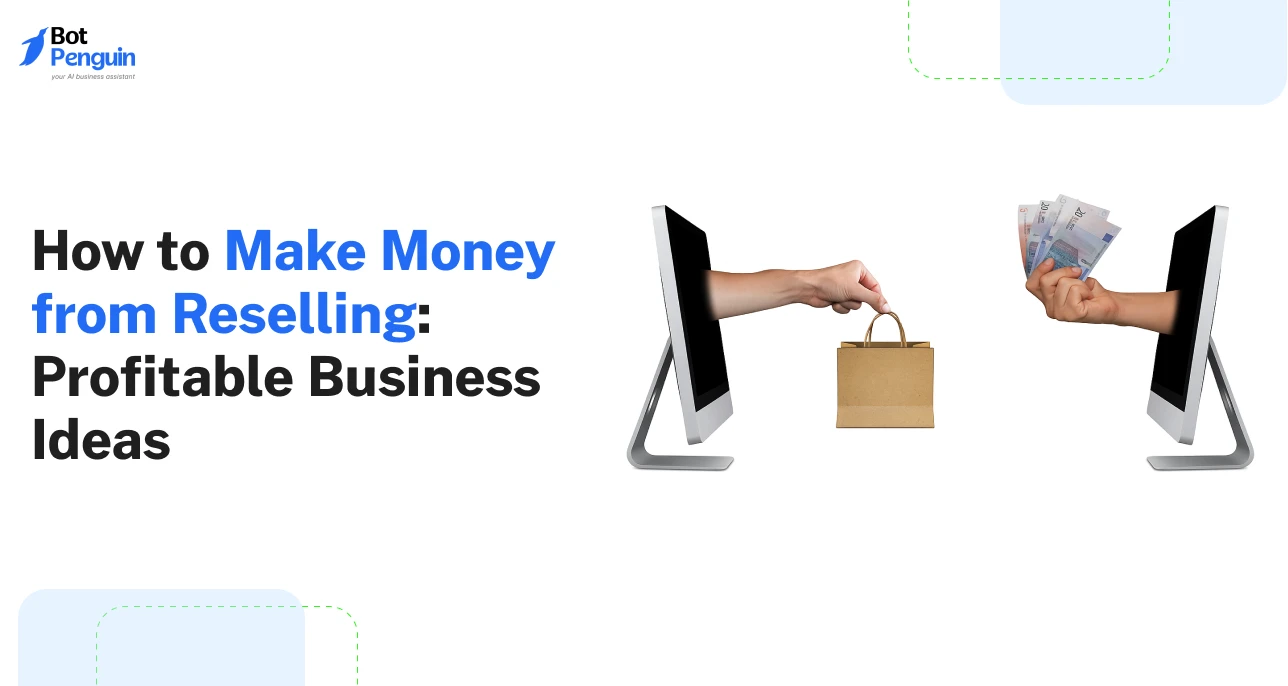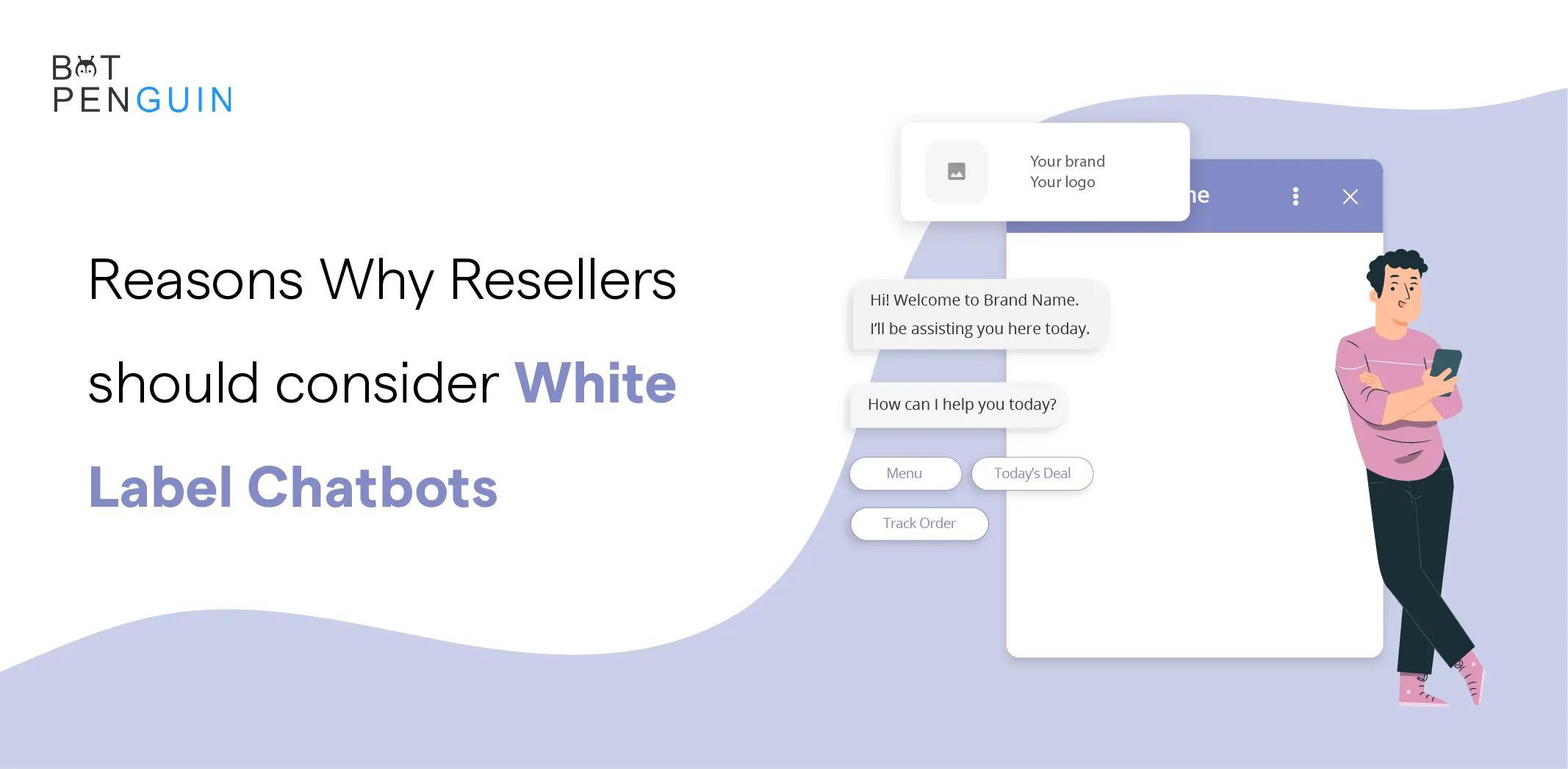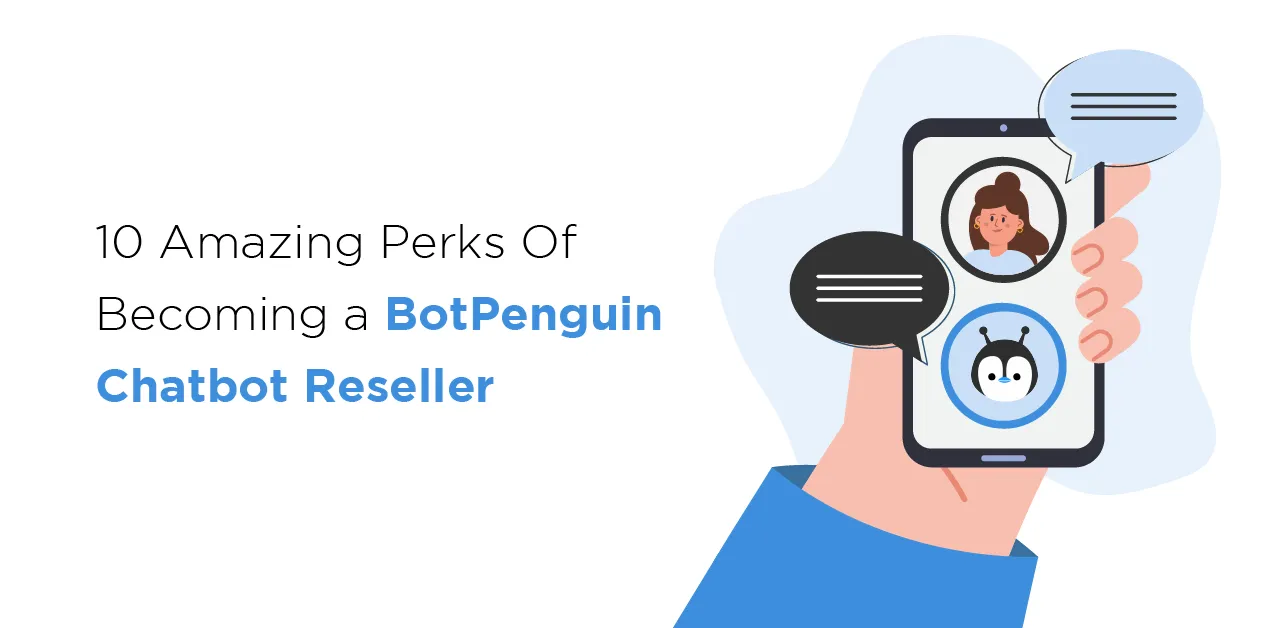Most people think you need a big idea to start a business. You don’t.
Some of the most successful online sellers never created a single product. They just sold what others made, smarter and faster. Reselling isn’t about invention; it’s about timing, demand, and knowing what people want to buy.
With almost no upfront cost, anyone can start reselling and earn from their phone or laptop. Whether you’re a student, homemaker, or side hustler, this guide shows how to make money from reselling with 21 profitable business ideas you can start today.
What is Reselling and Why It Works?
Reselling is the process of buying products at a lower price and selling them at a higher price without manufacturing anything. It follows a straightforward reselling model — identify a product in demand, source it affordably, and sell it for a profit.
The setup requires little capital, no inventory, and minimal risk, making it an ideal start for beginners.
Reselling is thriving due to the growth of digital marketplaces and easy-to-use selling platforms. Websites such as Amazon and Facebook Marketplace allow anyone to sell products directly to consumers.
These platforms handle logistics, payments, and even product discovery, reducing complexity for new sellers. This accessibility has opened doors for students, homemakers, and part-time professionals looking for a flexible income stream.
The benefits of reselling are clear:
- Low investment with little to no inventory management
- Scalability once profitable products are identified
- Practical learning of pricing, marketing, and customer behavior
- Minimal risk compared to starting a full-fledged business
Reselling works because it connects existing demand with accessible supply. Buyers want variety and convenience, while suppliers need reach. Resellers fill that gap and earn consistent margins in return.
In the next section, we will discuss how to choose the right reselling business and uncover ideas that can help you start earning quickly.
21 Profitable Reselling Business Ideas
Once you understand the reselling model, the next step is identifying what products can help you generate consistent and scalable income. The most successful resellers focus on items with steady demand, low acquisition cost, and high resale potential.
The following product-based ideas are practical, data-backed, and easy to start even with limited capital. Each includes an overview, cost analysis, and insights on market opportunities.
Product-Based Reselling
1. Fashion and Apparel Reselling
Fashion consistently ranks among the top-performing reselling business ideas worldwide. Clothing, especially fast fashion and athleisure, sells quickly on platforms like Poshmark, Depop, and Instagram Shops.
- Startup cost: $5–$10 per item when sourcing from wholesalers, thrift stores, or clearance sales.
- Resale value: $20–$40 depending on brand, quality, and trend relevance.
- Market insight: Sustainable and pre-loved fashion categories are growing rapidly, appealing to eco-conscious buyers.
- Ease of use: High. Clothing reselling requires minimal technical skill and can be managed from home.
- Profit margin: 40–60%.
2. Shoes and Sneakers Reselling
Sneaker reselling is a high-return niche with a strong collector community. Resellers focus on limited editions, collaborations, or discontinued models from brands like Nike, Adidas, and New Balance.
- Startup cost: $40–$100 per pair through retail drops or online outlets.
- Resale value: $150–$400 for sought-after models.
- Market insight: Platforms such as StockX and GOAT verify authenticity, making it easier for new resellers to build trust.
- Ease of use: Moderate. Requires trend awareness and investment management.
- Profit margin: 50–70%.
3. Jewelry and Accessories
Jewelry is lightweight, low-cost, and ideal for social selling on Etsy or Facebook Marketplace. You can sell handmade, customized, or wholesale fashion pieces.
- Startup cost: $3–$8 per unit from local craft suppliers or online wholesalers.
- Resale value: $15–$30 depending on design and target audience.
- Market insight: Personalized jewelry and minimalist styles dominate the mid-range market.
- Ease of use: High. Easy to photograph and ship, suitable for part-time sellers.
- Profit margin: 40–60%.
4. Mobile Accessories
This niche stays profitable year-round as new smartphones enter the market. Resellers can sell chargers, cases, power banks, and earphones through Amazon, eBay, or Shopify.
- Startup cost: $2–$5 per item in bulk orders.
- Resale value: $10–$25 depending on functionality and quality.
- Market insight: Premium phone case designs and fast-charging accessories are in strong demand.
- Ease of use: Very high. No expiry, low returns, and consistent demand.
- Profit margin: 30–50%.
5. Home Décor Items
Home décor reselling includes items like wall art, candles, and indoor plants. Buyers prefer unique, aesthetic pieces that elevate spaces.
- Startup cost: $10–$30 per product from artisans or importers.
- Resale value: $30–$70 depending on craftsmanship and material.
- Market insight: The global home décor market is expanding as people spend more time improving living spaces.
- Ease of use: Moderate. Requires careful packaging and storage.
- Profit margin: 35–55%.
6. Beauty and Skincare Products
Beauty reselling offers recurring revenue because customers restock often. Focus on organic or dermatologically tested products.
- Startup cost: $5–$15 per item sourced from verified distributors.
- Resale value: $20–$50 depending on brand reputation.
- Market insight: Clean beauty and cruelty-free brands are dominating online sales.
- Ease of use: High. Requires proper vendor verification to ensure authenticity.
- Profit margin: 40–60%.
7. Secondhand Electronics
Used or refurbished gadgets have significant profit potential. Products like smartphones, tablets, and gaming consoles are in high demand.
- Startup cost: $50–$200 for pre-owned devices.
- Resale value: $150–$500 depending on condition and model.
- Market insight: Certified refurbished devices are increasingly accepted by consumers seeking affordable options.
- Ease of use: Moderate. Requires testing and quality checks.
- Profit margin: 30–50%.
8. Kids’ Toys and Games
Children’s toys maintain steady sales across all seasons. Educational, STEM-based, and eco-friendly toys are particularly popular.
- Startup cost: $5–$15 per toy.
- Resale value: $20–$40 depending on brand and features.
- Market insight: Parents prefer durable, safe, and creative products that offer learning value.
- Ease of use: High. Inventory can be stored easily and marketed to parenting groups.
- Profit margin: 35–55%.
Each of these profitable reselling business ideas offers strong potential for growth when combined with digital selling strategies and basic marketing.
The next step is exploring digital and service-based reselling opportunities that can further expand earning potential without handling physical inventory.
Digital Product Reselling
While physical goods offer tangible profits, digital product reselling delivers scalability and almost zero maintenance cost. There are no shipping delays, inventory limits, or storage expenses.
Once a product is created or licensed, it can be sold repeatedly to a global audience. For entrepreneurs looking to earn passively, this model offers efficiency and higher margins compared to traditional product-based reselling.
Digital products are also easier to distribute. They appeal to audiences who value instant access, convenience, and online learning. Below are the most profitable digital reselling business ideas with their key details and income potential.
9. eBooks or Online Courses
Reselling educational materials such as eBooks or courses is one of the fastest-growing online markets.
Entrepreneurs can purchase resale rights or affiliate licenses from creators and sell them on their websites or learning platforms.
- Startup cost: $50–$200 for licensing or digital rights.
- Resale value: $20–$100 per product depending on subject and brand credibility.
- Market insight: Self-improvement, finance, and digital skills courses sell the most.
- Ease of use: Very high. Requires a digital storefront and basic marketing.
- Profit margin: 50–80%.
10. Software or App Licenses
Reselling software tools or app subscriptions is ideal for tech-oriented sellers. It involves partnering with vendors or joining software reseller programs to offer legitimate licenses.
- Startup cost: $100–$300 to secure reseller rights.
- Resale value: $20–$200 per license depending on software type.
- Market insight: Business productivity, AI tools, and security software are top-selling categories.
- Ease of use: Moderate. Needs technical understanding of product use and customer support.
- Profit margin: 40–60%.
11. Digital Art and Templates
Design templates, UI kits, or graphic bundles are high-demand items among marketers, freelancers, and small businesses.
These can be resold on platforms like Etsy, Creative Market, or personal websites.
- Startup cost: $30–$100 for creator licenses or template bundles.
- Resale value: $10–$50 depending on complexity and category.
- Market insight: Presentation decks, Canva templates, and social media kits have consistent sales.
- Ease of use: High. Requires minimal technical skill and simple listing setup.
- Profit margin: 50–70%.
12. Stock Photos and Presets
Stock images, video clips, and Lightroom presets are valuable digital assets for content creators and businesses.
Sellers can license collections and resell them through their sites or marketplaces such as Envato or Creative Fabrica.
- Startup cost: $50–$150 for license bundles or contributor access.
- Resale value: $10–$40 per package or subscription.
- Market insight: Lifestyle, travel, and business themes are the most downloaded categories.
- Ease of use: Very high. Fully digital with recurring sales potential.
- Profit margin: 50–80%.
Digital reselling works efficiently because every sale requires little additional cost or time once the product is available online. It allows resellers to scale faster and serve customers worldwide.
The next section explores service and subscription-based reselling, which offers stable recurring income opportunities through client retention.
Service and Subscription Reselling
Service and subscription-based reselling provides recurring revenue instead of one-time transactions. Unlike physical or digital goods, these involve reselling access to tools, services, or plans that businesses and professionals need regularly.
The advantage is predictable income and higher customer retention. Once a client subscribes, resellers can continue earning through renewals or additional service tiers.
This model fits individuals who want to enter B2B or professional markets without building products from scratch. With the right vendor partnerships and pricing strategy, resellers can build a sustainable income stream while providing essential digital services to end users.
13. Hosting and Domain Reselling
Hosting and domain reselling allows entrepreneurs to sell hosting packages or website domains under their own brand.
Most hosting providers offer white-label reseller programs, which include dashboards and billing systems for easy management.
- Startup cost: $100–$300 for reseller hosting or registrar access.
- Resale value: $5–$30 per month per client, depending on plan size.
- Market insight: Every business requires a domain and hosting, ensuring steady demand year-round.
- Ease of use: Moderate. Requires basic technical knowledge and customer support handling.
- Profit margin: 40–60%.
14. SaaS and AI Tools Reselling

The demand for automation tools and AI-driven platforms continues to grow. Resellers can partner with software companies offering SaaS reseller programs for products such as CRM systems, marketing automation, or AI chat and voice agents.
A practical example is partnering with BotPenguin, which allows resellers to provide AI chat and voice automation under their own branding.
- Startup cost: $200–$500 depending on vendor partnership level.
- Resale value: $20–$200 per month per client subscription.
- Market insight: Small and medium businesses increasingly prefer outsourcing automation tools instead of managing them in-house.
- Ease of use: High. Most SaaS providers handle updates and infrastructure, leaving resellers to focus on sales.
- Profit margin: 50–70%.
15. Social Media Marketing Services
Social media management is in high demand among small businesses that lack internal marketing teams. Resellers can purchase ready-to-deliver packages that include post scheduling, content design, or engagement tracking.
- Startup cost: $50–$150 for design tools or service access.
- Resale value: $100–$500 per client depending on coverage and frequency.
- Market insight: Businesses prefer predictable monthly service plans for visibility and engagement growth.
- Ease of use: Moderate. Requires consistent delivery and communication.
- Profit margin: 40–60%.
16. Web Design Templates
Website templates and landing page themes continue to generate income for resellers.
Pre-designed templates can be bought with extended licenses and sold to small agencies or freelancers building client sites.
- Startup cost: $50–$200 for template bundles or licensing.
- Resale value: $50–$150 per template.
- Market insight: The global website builder market is expanding as small businesses move online.
- Ease of use: High. No coding required for resale, only access to licensing platforms.
- Profit margin: 40–65%.
Service and subscription reselling helps entrepreneurs build a stable income through recurring clients rather than one-time product sales.
The next section explores local and offline reselling opportunities, which combine real-world demand with online selling convenience.
Local and Offline Reselling
Local and offline reselling combines physical sourcing with digital selling reach. Unlike digital or subscription models, this approach relies on spotting undervalued products within your community and reselling them online for a profit.
It offers direct access to inventory, better control over quality, and lower competition. For entrepreneurs who prefer practical buying and selling, local reselling remains one of the most profitable reselling ideas in 2025 and beyond.
These business models are especially effective for people who can access thrift stores, flea markets, or wholesale distributors. With accurate pricing and basic online listing skills, sellers can consistently generate income through these offline-to-online opportunities.
17. Thrift Store Flips
Thrift store flipping involves buying used items from local thrift shops, garage sales, or donation centers and reselling them online for a higher price. Products can include branded clothing, collectibles, or small electronics.
- Startup cost: $50–$200 for initial purchases.
- Resale value: 2–5 times the cost price depending on item rarity and demand.
- Market insight: Reselling vintage or branded apparel on platforms like eBay and Poshmark yields consistent profits.
- Ease of use: Moderate. Requires good product judgment and inspection.
- Profit margin: 40–70%.
18. Furniture or Vintage Collectibles
High-value collectibles or refurbished furniture appeal to buyers who prefer unique, one-of-a-kind items. Resellers can source them from estate sales, auctions, or local marketplaces.
- Startup cost: $100–$500 for furniture or antique lots.
- Resale value: $300–$1500 depending on condition and craftsmanship.
- Market insight: Restored wooden furniture and vintage home décor pieces have strong resale value among collectors.
- Ease of use: Moderate. Requires transport and minor restoration work.
- Profit margin: 40–60%.
19. Car Accessories and Parts
Automotive reselling focuses on items like car seat covers, detailing kits, and replacement parts. These have consistent local demand and low risk of returns.
- Startup cost: $100–$300 for bulk accessories.
- Resale value: $20–$100 per item based on functionality.
- Market insight: Maintenance-related accessories have high repeat purchase rates among local drivers.
- Ease of use: High. Can be sold both locally and online.
- Profit margin: 30–50%.
20. Books and Educational Materials
Used textbooks, exam guides, and course materials remain one of the most stable reselling business ideas for students and educators.
- Startup cost: $50–$150 from used bookshops or wholesalers.
- Resale value: $15–$60 per book depending on subject and edition.
- Market insight: Demand peaks during academic seasons and standardized test periods.
- Ease of use: Very high. Easy to store, list, and ship.
- Profit margin: 40–60%.
21. Event Tickets or Merchandise
Verified ticket reselling involves legally approved resales of event tickets or merchandise. Sellers can also focus on official fan products or limited-edition collectibles.
- Startup cost: $100–$300 depending on event type.
- Resale value: $150–$600 depending on popularity and availability.
- Market insight: Music, sports, and entertainment events drive high profit margins for ethical and authorized resellers.
- Ease of use: Moderate. Requires understanding of event platforms and legal resale limits.
- Profit margin: 30–60%.
Each of these local reselling business ideas combines community-level sourcing with online scalability. Sellers gain direct control over inventory while maintaining flexibility in operations.
The next section explores how to start your reselling business step by step, covering niche selection, sourcing methods, and marketing strategies to begin earning confidently.
Steps to Start Your Reselling Business
Building a successful reselling business requires clarity, process, and consistency.
Whether you are selling products, digital goods, or services, the foundation remains the same—understanding your niche, creating a reliable sales system, and using automation tools like BotPenguin to scale efficiently. Here is a structured and practical roadmap to help you begin.
A. Identify Your Niche
The first step is finding what to sell. A focused niche helps you attract a specific audience and build credibility faster.
- Start with one product category that aligns with your interests or experience.
- Study demand patterns and market gaps. For example, sustainable fashion or AI tools often show stable growth.
- Validate your niche by checking competition and trending searches on Google or social media.
Outcome: You clearly know what products to focus on and which audience you are serving.
B. Source from Reliable Vendors
A strong supplier network keeps your business running smoothly. Trustworthy vendors ensure consistent quality and timely delivery.
- Research verified wholesalers or dropshipping platforms with transparent pricing.
- Order small batches initially to test quality and customer response.
- Maintain a vendor list with pricing, lead times, and return policies.
Outcome: You secure dependable product availability and predictable costs.
C. Select the Right Sales Channel
Your choice of sales channel defines your exposure and growth rate.
- For beginners, start with platforms such as Amazon, eBay, or Meesho to access ready buyers.
- For long-term growth, build your own website or social media store on Instagram and Facebook Marketplace.
- Combine online marketplaces with messaging automation using BotPenguin to manage inquiries instantly.
Outcome: Your products reach the right audience through multiple, efficient channels.
D. Create a Pricing Strategy
Pricing should be data-driven and flexible. It determines how customers perceive value and how you maintain profitability.
- Include product cost, platform fees, packaging, and taxes in your total price.
- Keep a 20 to 40 percent margin to stay competitive while ensuring profit.
- Use analytics tools to track pricing trends and make timely adjustments.
Outcome: A balanced pricing model that attracts buyers while sustaining profits.
E. Automate Marketing and Communication
Promotion drives visibility, but automation sustains engagement. Using tools like BotPenguin, you can automate communication across WhatsApp, Instagram, and Facebook.
- Set up automated replies for product inquiries, offers, and post-purchase updates.
- Use chatbots for order confirmations, feedback requests, and follow-ups.
- Create short-form content such as reels or story highlights to promote your listings.
Outcome: Increased reach, faster responses, and stronger customer retention without manual effort.
F. Monitor Performance and Optimize
Tracking your metrics helps refine strategy and improve margins.
- Analyze which products perform best and which need replacement.
- Review conversion rates, customer feedback, and response time.
- Use automation tools to generate sales reports and follow-up reminders.
Outcome: A data-backed growth plan for steady improvement and profitability.
By following these steps, your reselling business becomes efficient, data-driven, and scalable.
Once the fundamentals are in place, the next focus is on tools and platforms that help streamline and expand reselling operations, including automation solutions that simplify communication and management.
Common Mistakes to Avoid
Running a reselling business successfully depends on consistency and attention to detail. Many new resellers struggle not because of poor ideas but because of avoidable operational errors. Knowing what not to do is as important as learning what works.
By identifying common reselling mistakes, you can reduce losses, maintain customer trust, and scale efficiently. The following points outline the most frequent errors and how to avoid failure in reselling.
Picking Too Many Niches
Trying to sell in multiple categories early on divides focus and resources. Each niche requires separate market research, marketing strategy, and product sourcing.
- Why it matters: Managing different audiences and suppliers increases complexity and reduces consistency.
- Example: A reseller handling both electronics and beauty products may struggle with inventory forecasting.
- What to do instead: Begin with one niche, track performance, and expand gradually once profitability is proven.
Ignoring Product Quality
Low-quality products lead to returns, negative reviews, and poor reputation. Many sellers overlook this while chasing higher margins.
- Why it matters: Poor customer experience directly affects repeat business and word-of-mouth sales.
- Example: Selling unverified electronic accessories can lead to complaints and refund requests.
- What to do instead: Always test samples and partner with reliable vendors. Focus on verified listings and maintain quality assurance checks.
Over-Relying on One Platform
Depending solely on one marketplace or social channel limits growth and exposes your business to risk if platform policies change.
- Why it matters: Platform suspensions, fee increases, or algorithm updates can disrupt operations instantly.
- Example: Sellers who rely only on Instagram for sales face challenges if account reach drops.
- What to do instead: Diversify by building a store on Shopify or WooCommerce and maintaining active listings across multiple marketplaces.
Poor Customer Communication
Delayed responses and unclear communication often lead to lost sales and dissatisfied customers. Timely engagement influences trust and repeat purchases.
- Why it matters: Customers expect quick updates about their orders and inquiries.
- Example: Missed DMs or late replies on WhatsApp can result in lost leads.
- What to do instead: Use automation tools such as BotPenguin to manage customer inquiries, send instant replies, and confirm orders automatically.
Avoiding these mistakes ensures long-term stability and customer loyalty. Staying focused on one niche, maintaining product standards, diversifying channels, and improving communication helps resellers grow sustainably.
The next section will highlight how much you can earn from reselling and the key factors that determine profitability in this business model.
Final Thoughts
Reselling continues to stand out as one of the most practical and beginner-friendly online business models. It requires minimal investment, no technical background, and provides flexible income opportunities for anyone willing to start.
Whether you are a student, homemaker, or working professional, reselling can help you earn independently using just a smartphone and internet connection.
Every successful reseller begins by taking a single step—choosing one product and one platform to start with. Consistency matters more than scale in the beginning.
Once you identify what sells and where demand exists, tools like BotPenguin can help automate customer communication, handle inquiries, and grow your business efficiently.
Reselling is not only about making sales but also about understanding buyer needs, tracking data, and improving with every transaction.
The market continues to expand as more consumers prefer buying online, opening space for new sellers to thrive. Take one idea from the list above, start small, and refine your process with each sale.
Start your reselling journey now and turn small investments into steady income.
Frequently Asked Questions (FAQs)
Which reselling business is most profitable in 2026?
High-demand niches such as fashion, beauty products, and AI-based SaaS reselling remain the most profitable.
Digital product reselling, including software licenses and online courses, also offers strong margins with minimal ongoing cost.
Do I need investment to start reselling?
A large investment is not required. Many platforms such as GlowRoad and Meesho allow reselling without upfront stock.
However, maintaining a small budget for marketing and product samples helps improve quality control and sales performance.
Can I do reselling without inventory?
Yes. Through dropshipping or affiliate reselling, you can sell products directly from suppliers to customers without holding stock. This model eliminates storage risk and allows you to focus on marketing and customer communication.
What are the best apps for reselling?
Some of the best reselling platforms include GlowRoad, Amazon, Meesho, eBay, and Instagram for physical products. For automation and customer management, tools like BotPenguin streamline responses and order handling across multiple channels.
How do I find suppliers for reselling products?
Start with verified sources such as Alibaba, SaleHoo, or local wholesale markets. Look for suppliers with high ratings, transparent policies, and clear shipping timelines.
Always test samples before finalizing long-term partnerships to ensure consistent product quality.




